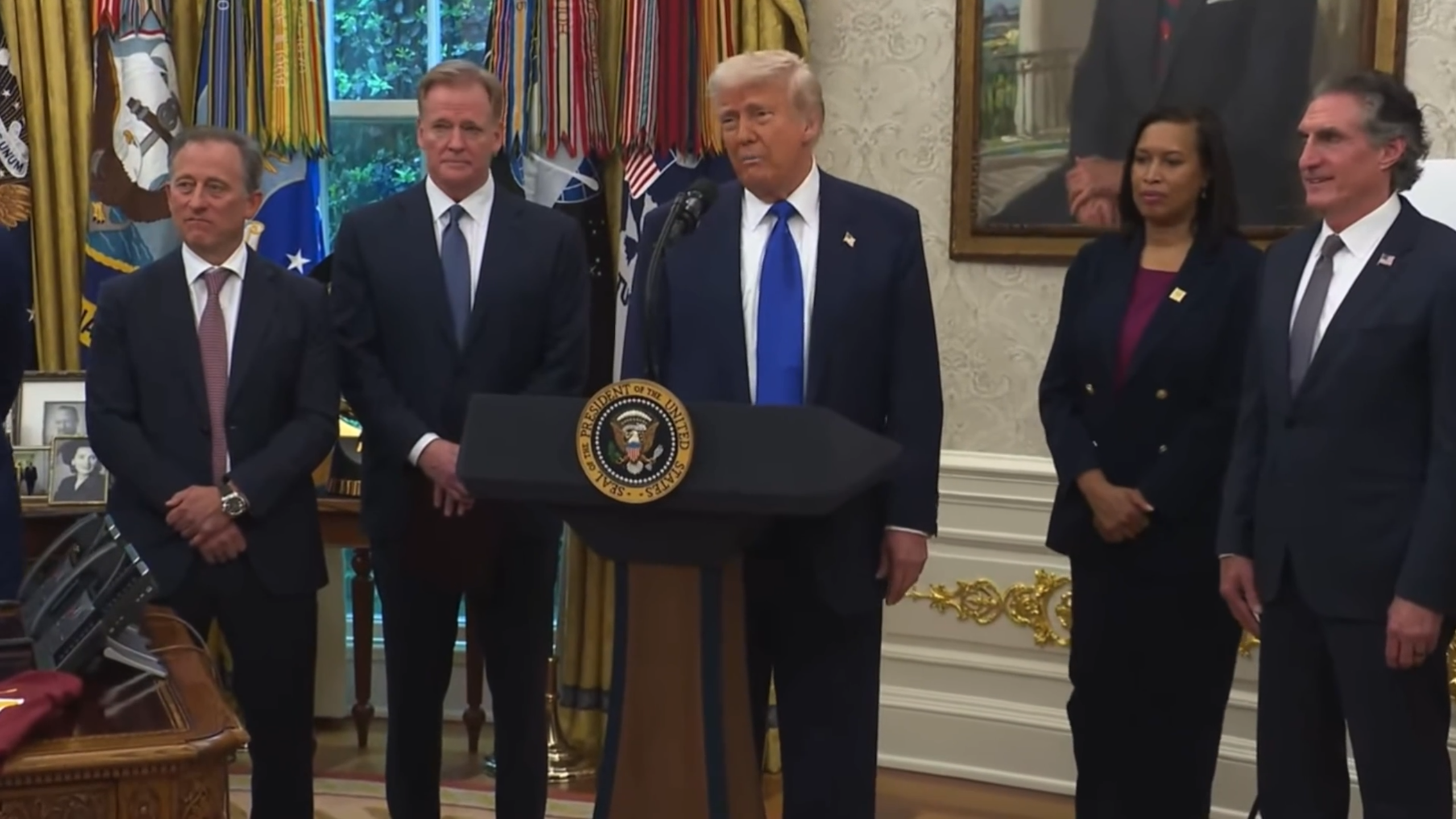Mobile DTV Group Envisions NRT Use Cases
BALTIMORE-- Clipcasting, VOD, microsites, upgrades; apps, M-EAS, commercial and signage… these are a few of their favorite things—an Open Mobile Video Coalition’s technical advisory group, that is. The ad hoc group on non-real time mobile DTV came up with a series of “use cases” for content not delivered in real time. A non-real time, or NRT, standard was recently finalized by the Advanced Television Systems Committee.
“NRT transmissions are file-based content designed to be stored in the consumer’s device until the consumer chooses to access them,” the OMVC’s use-case document states. “NRT content types can be video, audio, text, web content, etc.”
Clipcasting, for example, could consist of short-form videos delivered like a podcast. The service would show up in a preference menu, with alerts for most recently downloaded content. Both subscription and ad-supported content could be sustained, as well as audience metrics and targeted advertising. Possible applications include news, weather or sports segments, (illustrated by the image at right, showing a video highlight icon in the upper right corner of the screen, which leads to the menu shown below) radar images, sport scores, financial data, school closings and traffic information. Metadata sorting would enable the end-user to set content preferences.
With video-on-demand, content could be pushed based on user selection, subscription, or their previously entered information. VOD could comprise anything from short-form content, like YouTube videos; TV programs or movies; even print articles, e-books or video games. “Gadgets” or “widgets” related to the selected content could be inserted, as well as targeted interstitials for channel changes.
“The user’s device would require sufficient storage for the content, and would need to be in a receiver power-on mode when the content is delivered,” the document says. “The device battery life may be affected by these requirements.”
There are no such devices now available, an OMVC spokesman confirms, but rather a “roadmap for the future.”
With regard to micro websites, pre-defined content would be downloaded and delivered to the screen with low latency, with graphics tailored for the display size (illustrated below, left).
The digital signage opportunity might consist of live simulcasts of a mobile DTV channel, as well as NRT-delivered news and advertising—for display on public transportation, for example. As with typical digital signage, elements could include JPG images, animated GIFs, text tickers, even VOD or a video loop.
Apps and firmware upgrades might also be delivered in non-real time “since they both use large data files and would have to be sent to a large number of devices,” the document states. “The use of a broadcast medium would thus be more efficient than using a multitude of carrier based downloads. For example, even with a transmission frequency of only once a week consumers could always have the latest version of software.”
On the commercial front, the OMVC group said mobile DTV transmissions would be well-suited for moving big data. Electric companies already use FM transmissions to control HVAC systems during peak usage times. ATSC M/H, the mobile DTV standard, would provide even more bandwidth for power grid management, the group said.
“While Mobile DTV would provide greatly increased available bandwidth to the utility, the data requirements are still small compared to audio or video thus resulting in a very profitable business on a dollar per bit basis,” the document states.
The final NRT case involves the Mobile Emergency Alert System, which can support rich media messages that include text, video, graphics and audio. The group said many of these components could be delivered using the NRT standard.
~ Deborah D. McAdams
See… “OMVC Non-Real Time Mobile Use Cases”
Get the TV Tech Newsletter
The professional video industry's #1 source for news, trends and product and tech information. Sign up below.
